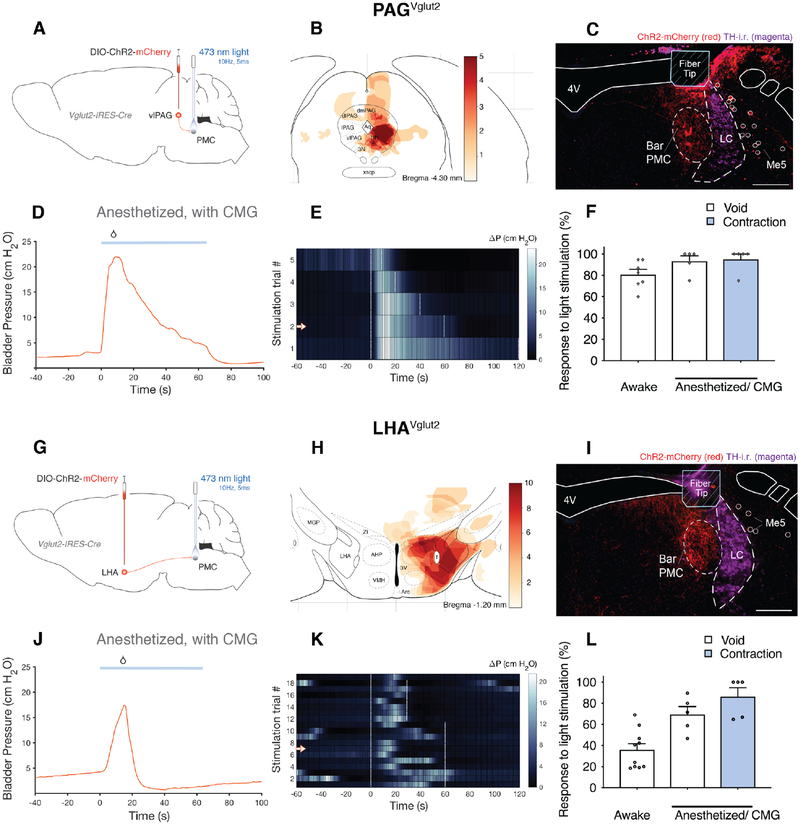Figure 2. Optogenetic activation of excitatory Bar afferents leads to void responses and increased bladder pressure.
Effects of optogenetically activating vlPAGVglut2 -> Bar or LHAVglut2 -> Bar axon terminals on micturition behavior in awake and urethane anesthetized mice.
A, G) Schematic of Cre-dependent ChR2.mCherry construct and viral targeting unilateral to the PAG or the LHA in Vglut2-IRES-Cre mice with optical fiber directed above the ipsilateral Bar.
B) Weighted heatmap, according to behavior response, showing overlapping regions of transduced neurons from 5 mice in which stimulating vlPAGVglut2 -> Bar axon terminals unilaterally, evoked void responses.
C, I) DIO.ChR2.mCherry expressing vlPAGVglut2 -> Bar or LHAVglut2 -> Bar axon terminals (red), optical fiber placement and TH-i.r. labeled neurons (magenta) at the level of the PMC.
D, J) A representative CMG bladder pressure trace under anesthesia, before, during and after optogenetic stimulation (blue line; 10 Hz, 5 ms pulses) in a Vglut2-IRES-Cre mouse with DIO.ChR2 targeted to the vlPAG or to the LHA. See also Figure S2C,D.
E, K) Representative heatmap showing Δ pressure before, during and after optogenetic stimulation from one mouse (stimulus onset at time = 0s). Single stimulation trials are sorted by stimulation duration (white dashed lines). Stimulation trial marked by arrow in heatmap corresponds to CMG trace (D, J).
F) Likelihood of a micturition event following optogenetic stimulation of vlPAGVglut2 -> Bar axon terminals in awake mice (‘Awake’; n = 7 mice, 150 stimulations) and in anesthetized mice (‘Anesthetized/CMG’; n = 5 mice, 31 stimulations).
H) Weighted heatmap as in B, from 10 mice in which stimulating LHAVglut2 -> Bar axon terminals unilaterally evoked void responses.
L) Likelihood of a micturition event following optogenetic stimulation of LHAVglut2 -> Bar axon terminals in awake mice (‘Awake’; n = 10 mice, 285 stimulations) and in anesthetized mice (‘Anesthetized/CMG’; n = 5 mice, 87 stimulations). Data are represented as population mean ± s.e.m.
Scale bar is 200 μm. Droplet icon indicates voiding contraction leading to a void. Abbreviations: 4V, 4th ventricle; Bar, Barrington’s Nucleus; CMG, cystometrogram; ChR2, Channelrhodopsin2; i.r., immunoreactive; LC, locus coeruleus; LHA, lateral hypothalamic area; Me5, trigeminal mesencephalic nucleus; PAG, periaqueductal gray; PMC, pontine micturition center; TH, tyrosine hydroxylase; vl, ventrolateral.
See also Figure S2.

